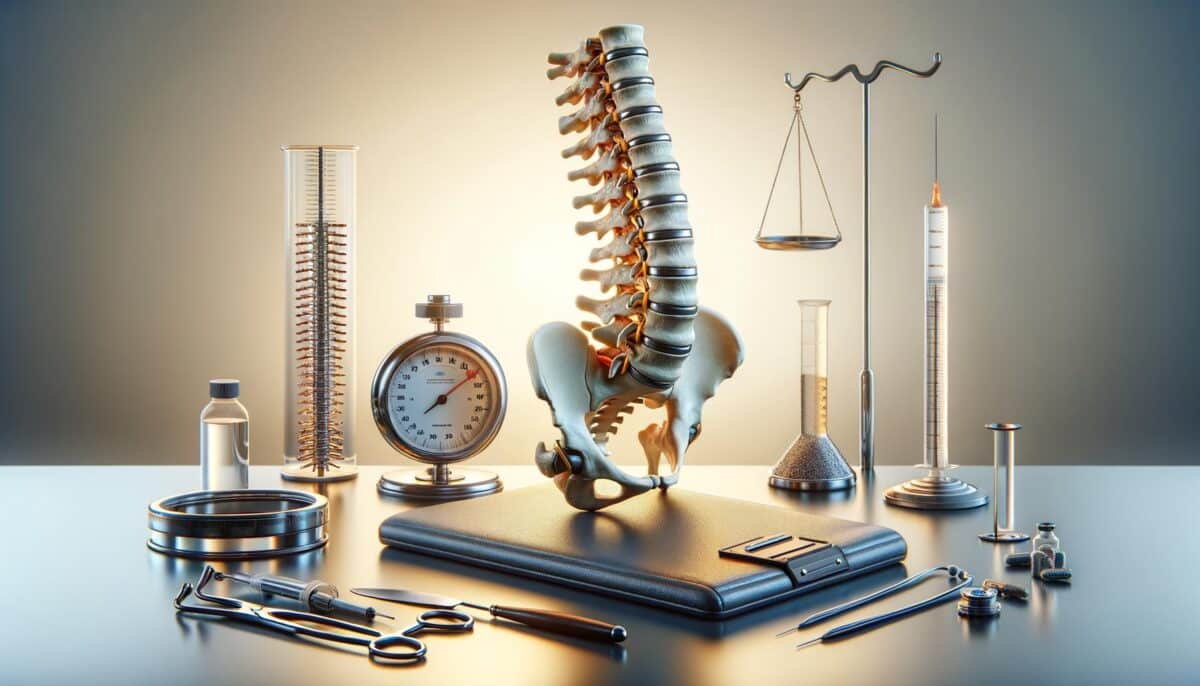Understanding Spinal Stenosis
Spinal stenosis is a common condition that primarily affects individuals over the age of 50. This condition involves the narrowing of the spinal canal, which can put pressure on the spinal cord and nerves, leading to symptoms such as pain, numbness, and weakness. Causes of spinal stenosis can include osteoarthritis, herniated discs, and bone spurs among others. Recognizing the symptoms early can aid in seeking early treatment, which can significantly improve quality of life. Through various medical advancements, several outstanding treatment options are available that can help manage this condition effectively.
Non-Surgical Treatment Options
For many, non-surgical interventions are among the most accessible and effective methods for managing spinal stenosis. These treatments often form the first line of defense and include:
- Physical Therapy: Customized exercise routines can strengthen the muscles supporting the spine, enhance mobility, and reduce overall pain.
- Medication: Over-the-counter pain relievers such as NSAIDs and muscle relaxants can be helpful in managing symptoms.
- Epidural Steroid Injections: These injections can reduce inflammation and provide temporary relief from pain.
These treatments focus on symptom relief and improving daily functioning, providing a valuable alternative for those who may not be candidates for surgery or wish to delay surgical intervention.
Surgical Options for Advanced Cases
In cases where non-surgical treatments do not provide adequate relief, or if the spinal stenosis is severe, surgical intervention may be considered. Surgical options aim to alleviate the pressure on the spinal cord or nerves and can include:
- Laminectomy: This procedure involves removing the lamina, part of the vertebra, to create more space and relieve nerve pressure.
- Spinal Fusion: Often performed in conjunction with decompressive surgery, this stabilizes the spine by fusing two or more vertebrae together.
- Foraminotomy: This procedure enlarges the openings through which nerve roots exit the spinal column, reducing nerve compression.
Surgery can be effective in providing long-term relief and allowing individuals to resume their normal activities with reduced pain and discomfort.
Innovative and Emerging Treatments
Recent advancements in medical technology have led to the development of innovative treatments for spinal stenosis. Some of these approaches include:
- Minimally Invasive Surgery: These techniques reduce recovery time and minimize damage to surrounding tissues.
- Interspinous Process Spacers: Devices inserted between vertebrae to maintain space and relieve pressure on the spinal nerves.
- Societal and Lifestyle Adjustments: Making ergonomic improvements at workstations and adopting spine-healthy habits can complement medical treatments and improve outcomes.
These emerging treatments show promise in reducing the invasiveness of procedures while maximizing patient recovery and satisfaction.
Choosing the Right Treatment
Selecting the appropriate treatment for spinal stenosis often requires a personalized approach that considers the patient’s overall health, severity of symptoms, and lifestyle. A healthcare professional specializing in spinal conditions can provide valuable insights into the most suitable treatment options. Patience and perseverance are also crucial, as managing spinal stenosis often involves a combination of treatments to achieve optimal results.
Conclusion
Spinal stenosis presents various challenges, but with an array of treatment options available, individuals affected by this condition can find relief and improve their quality of life. From exceptional non-surgical methods to advanced surgical and emerging treatments, there are numerous paths to pursue under the guidance of a healthcare professional. Understanding the condition and making informed decisions about treatment can empower those living with spinal stenosis to manage their symptoms effectively.
